Rental Property Repairs: Landlord vs. Tenant Responsibilities
When it comes to rental property repairs, the responsibility burden between landlord and tenant can quickly lead to a finger-pointing battle. In this blog post, we cover everything you need to know about landlord vs. tenant responsibilities for the rental property. With proper understanding, repairs and maintenance issues can be addressed quickly and efficiently.
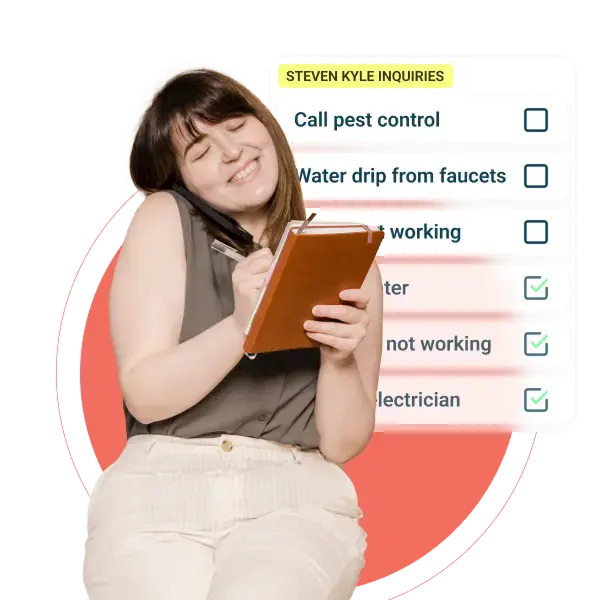
If you’re a landlord, knowing what repairs you need to handle is crucial for keeping a good relationship with your tenants and following the law. On the other hand, if you’re renting, knowing what repairs you are responsible for is important for the longevity of your home.
In this guide, we aim to help landlords and tenants understand their respective responsibilities. If everyone knows what to expect, the rental property can stay in great shape. Feel free to use the table of contents below to skip around to the section you need.
Table of Contents
Landlord Repair Responsibilities
What is a landlord responsible for in California?
As a landlord, you’re generally responsible for all repairs not explicitly listed as “tenant obligations” in the lease agreement. State laws require that every rental property is safe and habitable, meeting specific living standards, such as reliable access to essential utilities, structural integrity, and a pest-free environment. While minor repairs can often be managed by tenants, who might deduct these costs from their rent, California sets strict guidelines on what repairs you must handle to ensure safety.
What repairs are landlords responsible for in California?
As a landlord, your responsibilities in California include:
- Fixing leaking pipes and faulty water heaters.
- Clearing clogged main sewer lines.
- Maintaining faucets, bathtubs, showers, and sinks.
- Addressing water supply issues and sewage backups.
- Repairing gas leaks and electrical faults, including wiring and circuits.
- Managing dampness, visible mold, and ensuring adequate ventilation and lighting.
- Installing and maintaining smoke alarms and carbon monoxide detectors.
Now that you have a general idea of your responsibilities, let’s dive into some nuanced examples.
Who is responsible for plumbing repairs in a rental?
Generally, you are responsible for the property’s entire plumbing infrastructure. This includes addressing leaks, ensuring a proper water supply, and fixing or replacing faulty fixtures to maintain habitability. However, if a plumbing issue results from tenant misuse, such as a blockage caused by foreign objects, the tenant should bear the repair costs.
Landlord responsibilities for maintaining appliances and utilities
You might question, “Do properties charge for repairs, especially for appliances?” Your lease agreement and local laws will dictate your obligations. Typically, you’re responsible for appliances provided with the property, like refrigerators and stoves. Tenants are usually responsible for paying utilities, however, you should maintain the infrastructure that supports these services, such as electrical and plumbing systems.
To keep your property well-maintained and avoid larger issues:
- Schedule regular maintenance for major appliances and systems.
- Address utility outages promptly, keeping tenants informed with updates and timelines.
- Ensure your property complies with local housing codes, particularly for electrical, plumbing, and heating systems.
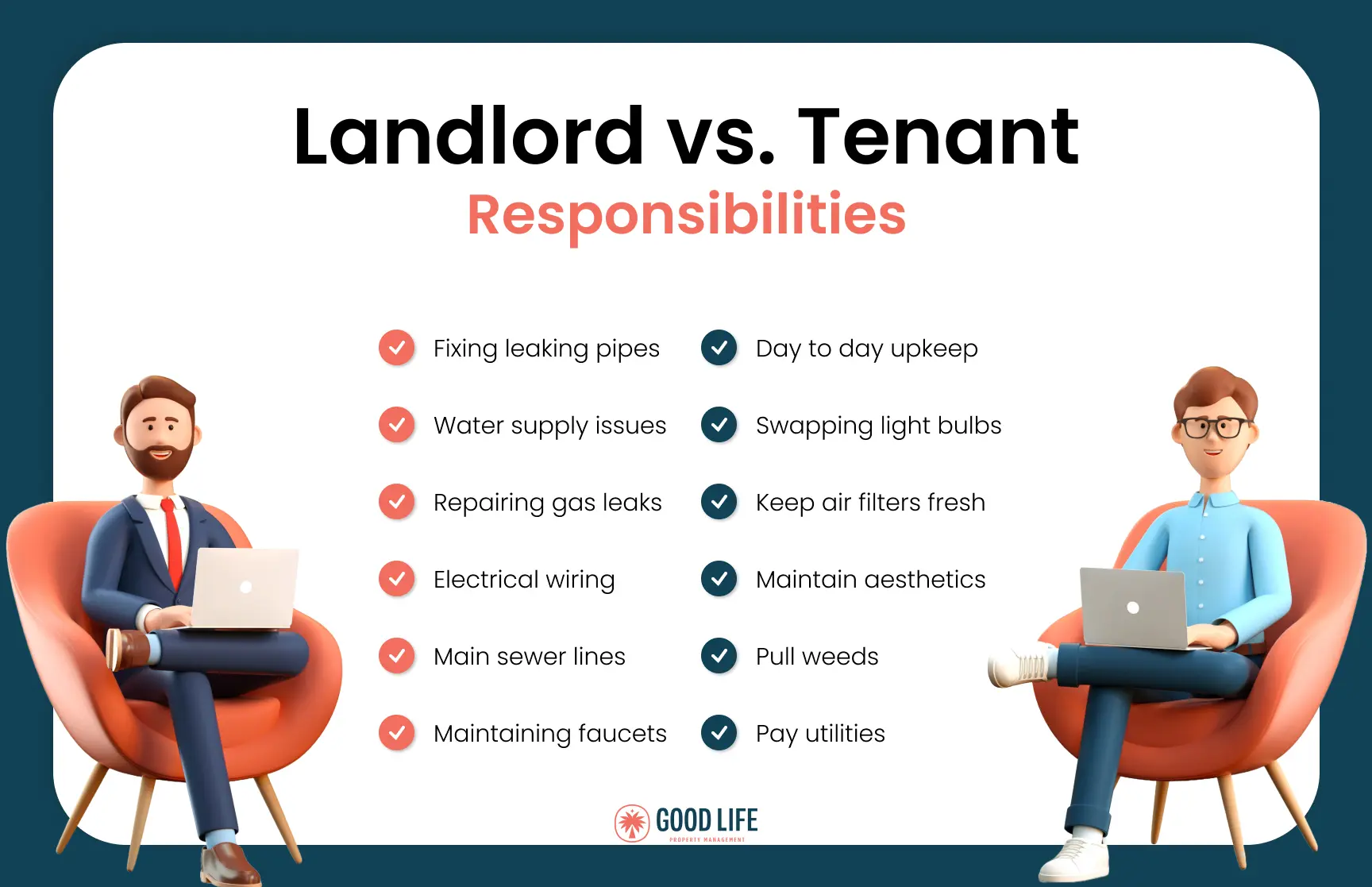
Tenant Responsibilities
What are tenants responsible for?
As a tenant in California, you play a key role in keeping your living space functional and pleasant. Your responsibilities range from simple upkeep to addressing damages caused by accidents or wear and tear. Let’s dive into your general responsibilities:
- Day-to-day upkeep: This involves straightforward tasks like swapping out old light bulbs, keeping air and water filters fresh, and other small but impactful activities. These efforts help avoid bigger issues down the line.
- Addressing damages: If damage occurs due to your actions or neglect, it’s up to you to fix it. Whether it’s a mishap with an appliance or a maintenance oversight, these repairs fall within your court.
- Enhancing security: Thinking about adding extra locks or a security system? Typically, these additions are your responsibility, including the cost and installation, after getting your landlord’s approval.
- Keeping things clean: A clean home is a happy home. Beyond aesthetics, regular cleaning prevents pests and maintains a healthy living environment.
- Using utilities wisely: It’s crucial to use electrical, gas, and plumbing systems correctly. Misuse can lead to damage, and that might mean repair costs for you.
- Reporting issues promptly: Spot a problem? Let your landlord know ASAP. Quick communication can stop small issues from becoming more urgent later on. In some cases, tenant reporting negligence can leave you responsible for the repair costs. A great example would be neglecting to report a leak.
When do tenants need to make their own repairs?
Landlords may occasionally permit renters to handle little repairs on their own. However, the landlord has the final say on this. These fixes are typically rather simple and are usually outlined in the lease agreement under “Tenant Responsibilities.” Here are some examples of what tenants can fix on their own:
- Small fixes: Filling in nail holes or a quick paint touch-up? These are usually fine for tenants to do, helping keep the place looking its best.
- Basic maintenance: Loose cabinet handle? Drippy faucet? If you’re handy, these small repairs can often be done by you, with your landlord’s written approval.
For the bigger, more complex tasks, it’s best to step back and let professionals handle them. DIY repairs gone wrong can lead to safety risks or more significant damage. Always consult with your landlord before taking on any repair work.
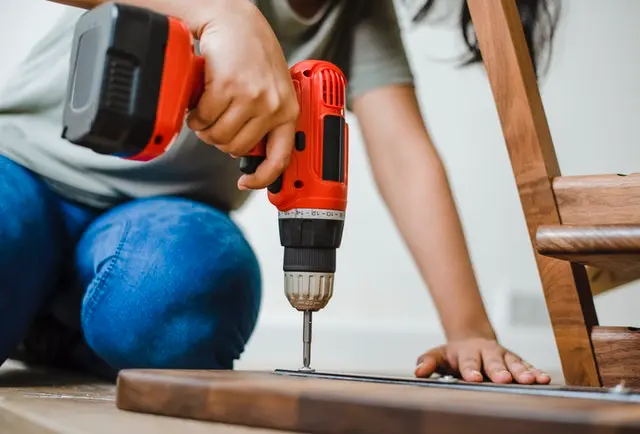
Navigating gray areas in repair responsibilities
Pest control: Landlord or tenant responsibility?
Pests, insects, or rodents, can cause significant damage and health concerns for residents. Common culprits in residential settings include mice, rats, cockroaches, bedbugs, ants, and termites. The question of who is responsible, however, is not always clear cut.
Before tenants move in, landlords are legally required to ensure the property is pest-free. This includes a thorough inspection of any openings that could allow pests to enter and taking necessary measures to seal these gaps. For buildings with multiple units, landlords also need to maintain common areas to prevent infestations. To prevent future disputes, landlords must document their initial inspections and ongoing maintenance efforts.
However, the responsibility for pest control can shift to tenants under certain conditions. Neglect is a primary factor. If tenants fail to maintain cleanliness or properly dispose of trash, they inadvertently invite pests into the property. Additionally, tenants bear responsibility if they introduce infested furniture or other items into the home.
What is normal wear and tear in California?
Normal wear and tear is normal and expected in the aging process of the property. Repairs in this category are generally the landlord’s responsibility. In contrast, if damage results from a tenant’s negligence, misuse, or accidents, then the tenant is responsible.
Here are some strategies to help distinguish normal wear and tear from tenant-caused damage:
- Assess the age and quality: Consider how long fixtures have been in use and their initial quality. This can provide insight into whether their current state is due to natural aging or misuse.
- Make comparisons: Look at similar items in different parts of the property to gauge if the wear is consistent or if damage is isolated to specific areas, suggesting tenant responsibility.
- Review maintenance records: A well-maintained property is less likely to suffer from wear and tear. If you’ve kept up with regular maintenance, sudden malfunctions or deteriorations are more likely to be the result of tenant actions.
For more helpful information on differentiating between landlord and tenant responsibilities on normal wear and tear claims, check out our security deposits article.
General FAQs
Landlord FAQs
What is the most important responsibility of a landlord?
In the context of property repairs, the most important responsibility of a landlord is to provide a safe and stable home for tenants. This means that they must address repairs as soon as possible while communicating effectively with their tenants.
Is it the landlord's responsibility to unclog a toilet?
Usually, repairs like these will be outlined in the lease agreement. It is common for the landlord to be responsible for unclogging a toilet if the issue is a result of normal wear and tear or if the clogging is due to a larger issue within the plumbing system. However, if the tenant was flushing inappropriate items that caused the toilet to clog, that would be considered misuse and the tenant would be responsible for fixing it.
How long does a landlord have to fix something in California?
By law, California landlords have 30 days starting from the day the tenant notified them of the issue. In cases where the repairs are urgent and pose a health or security risk, tenants may request that the landlords complete the repair faster.
Are landlords required to provide regular maintenance inspections?
No, landlords are not legally required to provide maintenance inspections, but we encourage landlords to do so. By performing regular inspections, landlords can be confident that they are providing safe and habitable homes for their tenants.
Can landlords enter a tenant's property for repairs without permission?
Yes, landlords can enter a tenant’s property for repairs without permission as long as they fulfill the following requirements: (1) the landlord must have provided written notice of intent to enter within a reasonable timeline, usually 24 hours, before actually entering the property and (2) the landlord can only enter the premises during normal business hours. The only exception that can be made to these legal requirements is during emergency situations or when the tenant has abandoned the property.
What happens if repairs are not addressed in a timely manner?
If the landlord fails to fix repairs within 30 days, the tenant has the legal right to fix repairs themselves or hire an expert to do so, and they can also deduct the costs from their rent.
Are landlords responsible for appliance repairs if they were provided with the property?
Yes. If the appliances were provided with the property, they will typically be included in the lease agreement and the landlord is responsible for them. A landlord’s responsibility includes providing appliances that are in good working condition and keeping up with their maintenance. However, if the tenant misused or neglected an appliance that led to its damage, the landlord is not obligated to repair it.
How should landlords handle repairs requested by tenants?
We always recommend that landlords address repairs with urgency. In cases of complicated repairs that might require expert assistance, we recommend that landlords hire professional help so that the repairs are done efficiently, safely, and in a timely manner. We also recommend that landlords always maintain transparent and frequency communication with tenants.
Tenant FAQs
What is the biggest responsibility of a tenant?
When it comes to rental property repairs, the biggest responsibility of the tenant is to promptly tell their landlord of the issue that needs to be fixed. Not only does this help get it faster, but it might also prevent the issue from getting worse and escalating into larger, more urgent, and more costly issues.
Can a tenant pay for repairs and deduct from rent?
A tenant can pay for repairs and then deduct those costs from their rent only if the landlord failed to take care of the issue in a timely manner. Legally, landlords must complete repairs within 30 days of a tenant’s notification. Here is a list of guidelines for tenants to be able to “repair and deduct”:
- The tenant must have notified the landlord in writing and given them a reasonable timeframe (legally, it is 30 days) to complete the repairs.
- The repair is an emergency and the landlord has been negligent in responding to the tenant’s request.
- The repair must be necessary to correct a condition that is directly related to the property’s habitability.
- The repairs must be completed properly.
- The cost of the repairs must be reasonable. California law requires that the cost be in line with the average or standard cost in the local area.
- Tenants cannot deduct more than one month’s rent for the repairs.
- Tenants are limited to “repair and deduct” only twice within a 12 month period.
For more information on California law, check out the official Guide to Residential Tenants’ and Landlords’ Rights and Responsibilities.
What happens if a landlord doesn't fix things?
If a landlord fails or refuses to make repairs, tenants can contact their local code enforcement office or local California health department. In some cases, negligence can lead to legal repercussions.
Are tenants responsible for minor repairs like changing light bulbs?
Yes, tenants are responsible for changing light bulbs, as they are considered part of the daily upkeep of their rental space. Other minor repairs that tenants are responsible for are replacing batteries in smoke detectors, unclogging drains caused by their use, and keeping their units clean and a healthy environment.
What should a tenant do if they cause accidental damage to the property?
Tenants should report accidental damage to their landlords as soon as possible so that they can assess the damage and determine when repairs need to happen. We advise tenants to not be afraid of negative repercussions or consequences, and to address repairs as soon as possible.
How can tenants document repair issues to protect themselves?
The best way to document repair requests and issues is to always make their requests in writing to their landlord by email, mail, or text messages. Tenants should always keep a copy of their correspondence and take photos or videos of what needs to be repaired.
Can tenants withhold rent until repairs are made?
Tenants in California are legally allowed to withhold rent under certain circumstances:
- The landlord has failed to make necessary repairs and the habitability of the rental unit is being affected.
- The tenants are able to show that the amount they are withholding is reasonable when compared to the cost of the repairs and their severity (how much they are impacting habitability).
However, we recommend that tenants seek legal advice before taking this step.
Hiring a Property Management Company
Managing the responsibilities and repairs of your rental can be cumbersome and time consuming. At Good Life Property Management, we believe that life should be enjoyed, not spent sweating the small stuff. That’s why we set out on a mission to make property management easy. We care about you, your property, and your tenant. And we do it all, so you can Live the Good Life.
Schedule a call to speak with one of our Good Life experts.
If you found this article helpful, follow us on social media. We post daily tips to help you manage your own rental property:
Steve Welty
Give us a call for a free consultation!
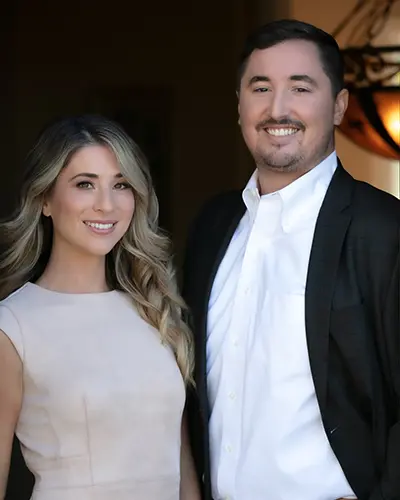
Chloe Slater
DRE #02161657
Adam Manly
DRE #01953442
Business Development Managers
- 858-207-4595
- clients@goodlifemgmt.com
Subscribe to our Weekly Newsletter
Join the 5k+ homeowners receiving Local Law Updates and Landlord Tips. Delivered to your inbox every Saturday at 6am PST.
Agent Referrals
Earn money through our Agent referral program by referring clients who need Cardiff property management services.
Client Referrals
Refer a friend for Cardiff Property Management services and earn a free month of property management services too!
Choose Your Next Step
Good Life Blogs
We believe that education is empowering.

SB 52: California May Ban AI Rent Pricing Tools
California’s SB 52 could ban landlords from using AI to set rent prices. Learn how this bill may impact your rental business and what actions you can take.
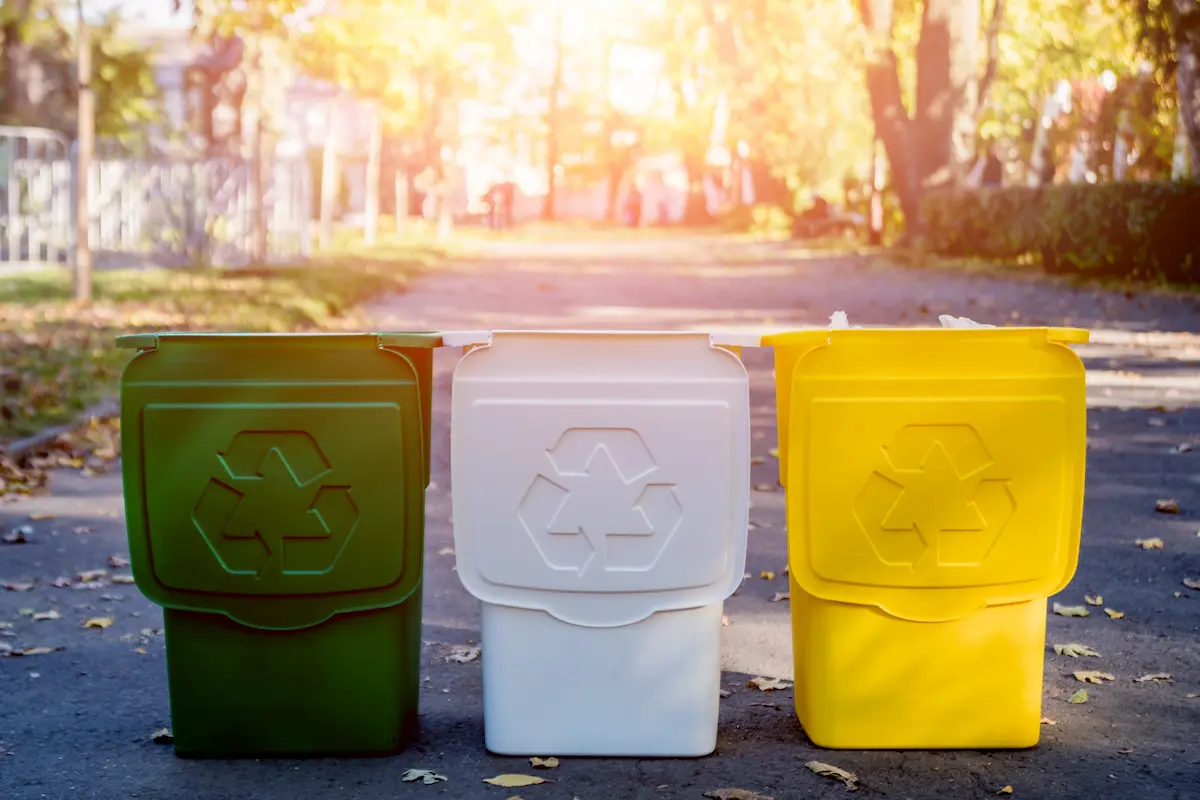
Trash Collection Fees Coming to San Diego Rental Properties
Trash collection fees are coming to San Diego landlords. Learn who’s affected, how much it will cost, and how to stay compliant.
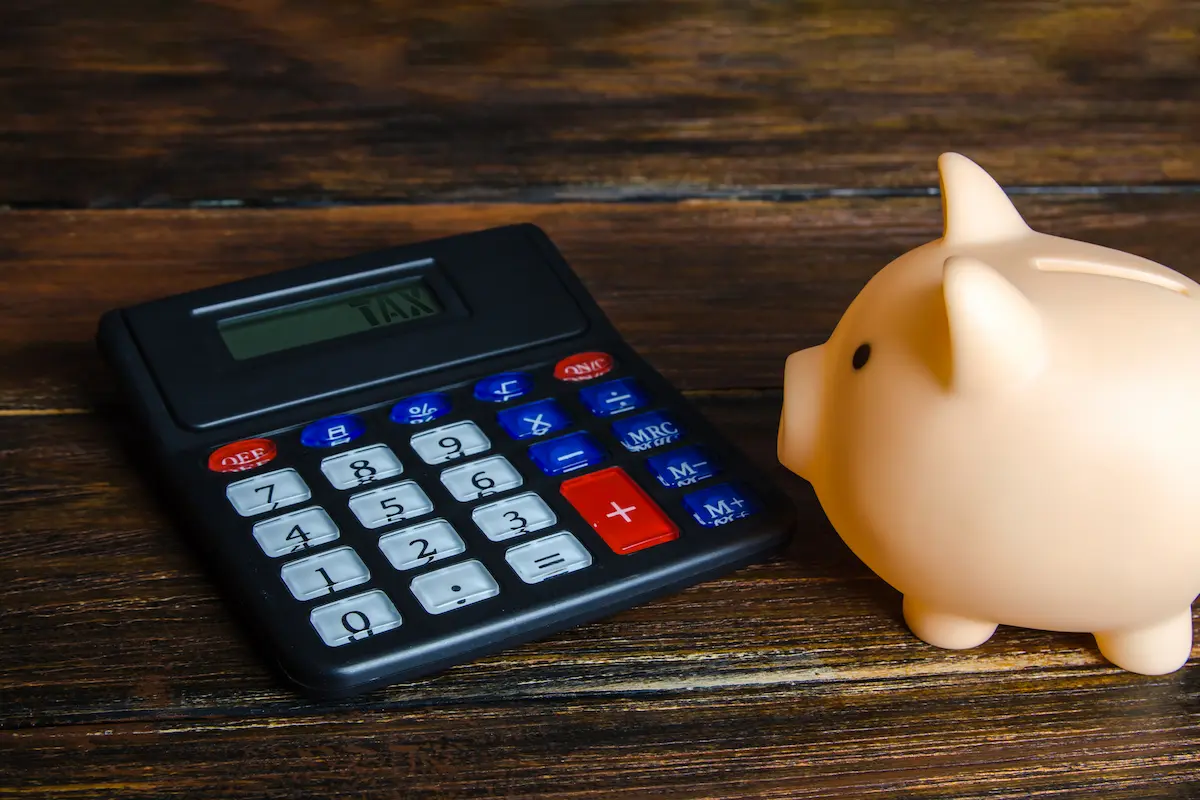
How to Turn Vacant Rental Properties into Tax Deductions
Learn how to turn your rental property’s vacancy into potential tax deductions. Discover the rules, strategies, and tips landlords need to know.






